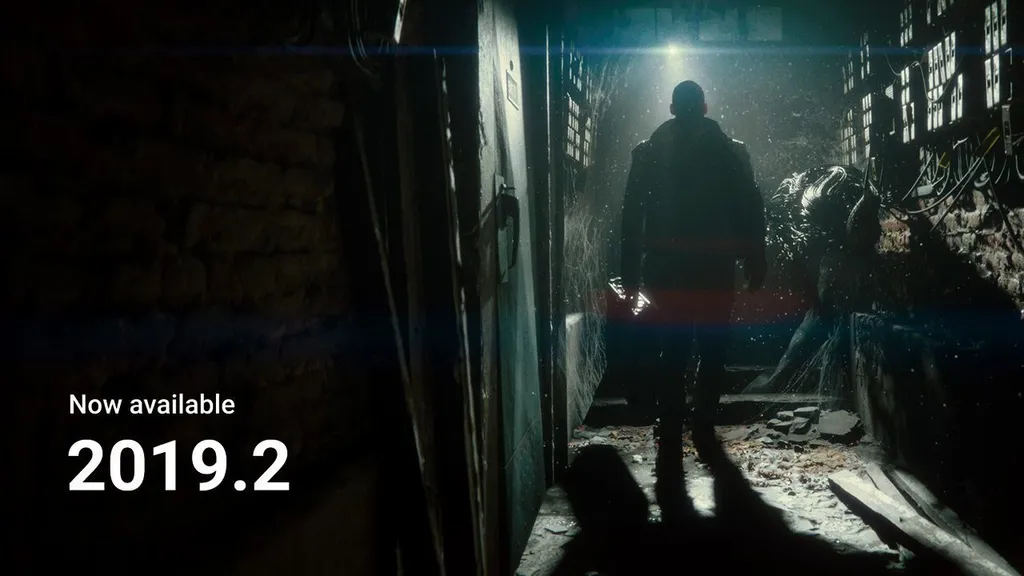Unity version 2019.2 releases today. Among the changes, the HDRP now supports virtual reality and a new option could make Oculus Quest apps perform better.
In 2018 Unity introduced Scriptable Render Pipelines, allowing developers to have greater control over the engine’s rendering. Two premade render pipelines are included with the engine, the High Definition Render Pipeline (HDRP) and Lightweight Render Pipeline (LWRP).
The HDRP is focused on high visual fidelity over performance, intended for gaming PCs and high-end consoles. This would make it unsuitable for platforms like the Oculus Quest and PlayStation VR, but useful for developers pushing the bounds on graphics on the PC. This could include custom enterprise applications intended for realism, such as architecture visualization.
https://www.youtube.com/watch?v=qoERAtLGq-8
The update also adds a new Low Overhead Mode to the Oculus Android integration. It is described as increasing performance by doing “less driver validation”. This could allow VR developers to squeeze out extra performance on Oculus Quest, Oculus Go, and the Samsung Gear VR.
Additionally, Unity’s AR Foundation now has support for face-tracking, 2D image-tracking, 3D object-tracking, and environment probe. It also adds support for the new features introduced with ARKit 3 including motion capture, people occlusion, multiple face tracking, and collaborative sessions.


























